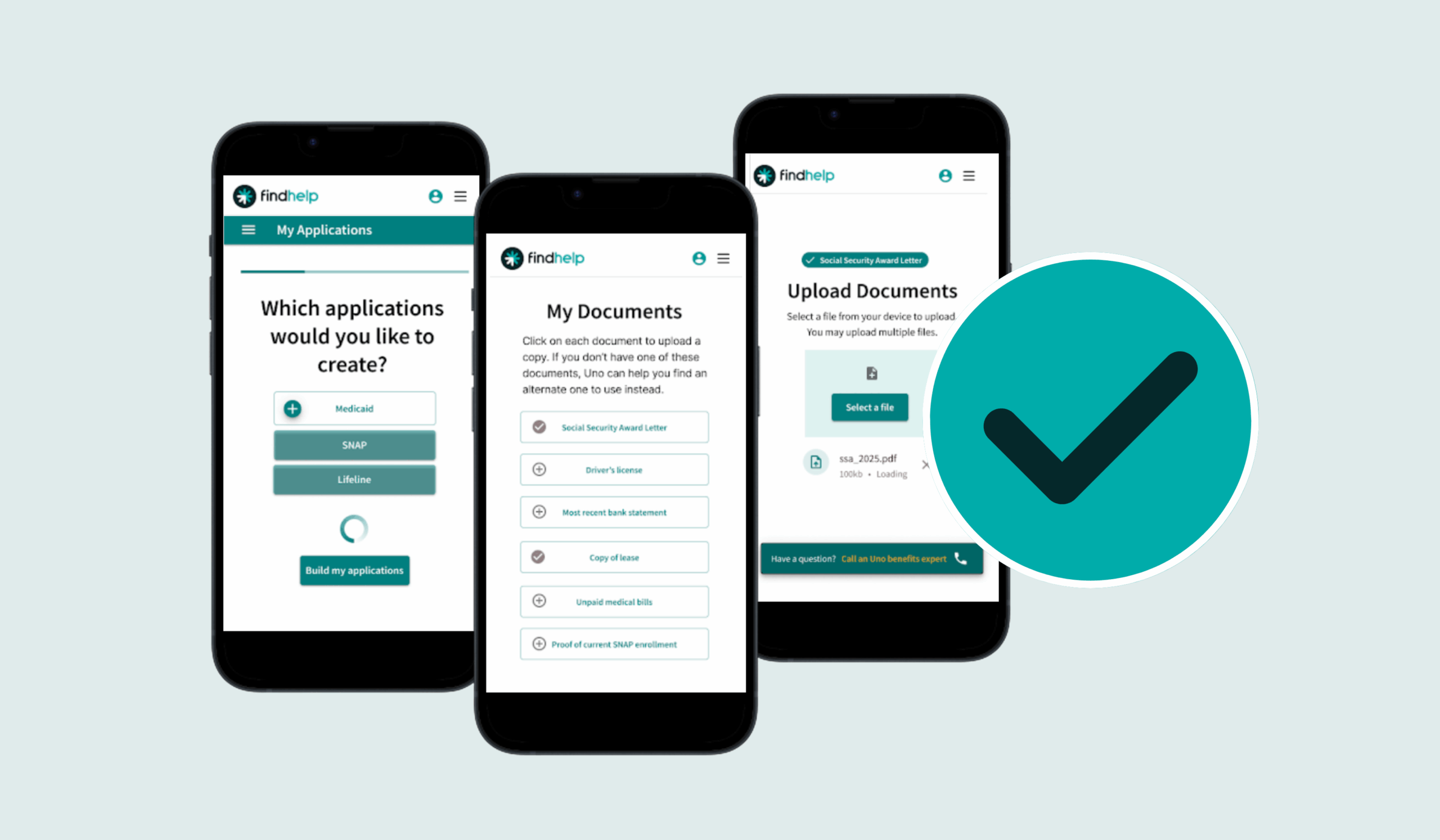The Unspoken Pillar: Why Social Care is Essential to CMS’s Evolving Health Strategy
The healthcare landscape is in constant motion, and recent activities from the Centers for Medicare & Medicaid Services (CMS) signal a multi-faceted approach to shaping its future. CMS’s evolving health strategy and current federal initiatives point towards a system aiming to be more preventive, patient-empowered, and efficient. But as we examine these components, a crucial question arises: where does social care fit?
We believe it’s the unspoken pillar, essential for the success of this entire endeavor.
In this post, you’ll learn about:
The broad vision set by the “Make America Healthy Again” (MAHA) initiative, and the detailed strategic plan from the Center for Medicare & Medicaid Innovation (CMMI) to translate that vision into action
Specific regulatory proposals like those in the FY2026 Inpatient Prospective Payment System (IPPS) rule
Forward-looking explorations like the recent Request for Information (RFI) on leveraging technology to support seniors
The role of social care to weave it all together
Understanding CMS’s comprehensive approach
To see the integral role of social care, it’s helpful to understand how these different CMS pieces connect.
The vision: “Make America Healthy Again” (MAHA)
The MAHA initiative continues a national ambition to shift from a system primarily managing sickness to one of prevention. It emphasizes tackling root causes related to nutrition, lifestyle, and environmental factors, aiming for a healthier population.
Implicit in the MAHA vision is the understanding that health starts where we live, learn, work, and play – domains deeply intertwined with social care.
The strategy: CMMI direction
Unveiled earlier this month, CMMI’s updated strategy operationalizes this broader vision for Medicare and Medicaid. Its core components aim to transform healthcare delivery through:
Promoting Evidence-Based Prevention: Focusing on embedding preventive care deeply within payment models.
- This inherently relies on stable social conditions – like access to nutritious food and safe housing – which social care organizations champion.
Empowering People to Achieve Health Goals: Increasing access to information, tools, and predictable cost-sharing.
- True empowerment also means addressing social barriers (e.g., transportation, literacy, childcare) that prevent individuals from acting on health goals, a key function of social care referrals.
Driving Choice and Competition: Simplifying provider participation in new models and reducing burdens.
- A healthier population, supported by social care addressing complex needs upstream, can lead to more predictable costs and outcomes, fostering a better environment for value-based models.
Regulation in practice: The IPPS proposed rule example
Rules like the FY2026 IPPS proposal demonstrate how strategic goals translate into payment policies and quality expectations for hospitals. While discussions around specific health equity measures or SDOH data collection may evolve within these rules, the underlying drive for better patient outcomes, reduced readmissions, and improved patient safety remains.
- Achieving these clinical goals is significantly harder, if not impossible, when patients’ critical social needs go unaddressed.

Looking ahead: The RFI on health technology
CMS’s recent RFI on the health technology ecosystem shows a proactive approach to leveraging innovation. It seeks input on how technology can help older adults manage their health, navigate care, and access their data more effectively.
- This is a prime opportunity for social care integration: technology can be a powerful tool to identify social needs, connect them to community resources, combat isolation, and support caregivers – all enhancing the RFI’s objectives.
Social care: The essential thread weaving it all together
While CMS’s evolving health strategy may not always headline terms like “social determinants of health” or “social care integration” in every new initiative, the success of the agency’s broader vision fundamentally relies on addressing these factors:
- Improving Outcomes: The MAHA initiative’s goal to combat chronic disease hinges on addressing upstream social factors. Nutritious food, stable housing, safe environments, and community support are the bedrock of prevention. Social care organizations are the front lines in providing these necessities.
- Enabling Strategic Goals: As highlighted above, each pillar of the CMMI strategy is strengthened and made more achievable when social care is integrated. Prevention efforts are more effective, patient empowerment becomes more meaningful, and the overall value proposition of new care models is enhanced.
- Driving Clinical Outcomes: Regardless of specific regulatory language in payment rules, hospitals and health systems know that unaddressed social needs lead to poorer health outcomes, longer stays, and higher readmission rates. Addressing SDOH is simply good clinical practice and smart operational strategy.
- Amplifying Technological Advancement: The potential of health technology, as explored in the CMS RFI, can be significantly amplified if it’s designed to also identify and bridge gaps in social care.
Moving forward: Recognizing the integral role of social care
CMS is clearly steering towards a healthcare system that values prevention, empowers patients, and seeks greater efficiency and value. While the language and specific mechanisms may evolve, the underlying truth remains: You cannot achieve these ambitious health goals without systematically addressing the social conditions that shape people’s lives.
The work of identifying social needs and connecting individuals to community-based resources is not a peripheral activity but a core component of this comprehensive strategy.
As CMS’s evolving health strategy unfolds, it’s crucial for healthcare providers, payers, policymakers, and community organizations to continue building and strengthening the bridges between clinical care and social care.
Findhelp: Your partner for policy insight and care integration
Successfully forging these vital connections and navigating the evolving policy landscape requires robust tools, deep expertise, and collaborative partnerships. At Findhelp, we are dedicated to this very challenge. Our comprehensive solution is specifically designed to facilitate integration across sectors – seamlessly connecting healthcare, social care, education, government, and other community entities – to ensure individuals can easily access the support they need.
We closely follow policy developments, analyzing their implications and striving to equip our partners with the insights and technology to adapt effectively. As your organization works to enhance social care integration and align with these strategic directions from CMS and beyond, know that Findhelp is here to be a resource, supporting your efforts to build healthier, more connected communities.








